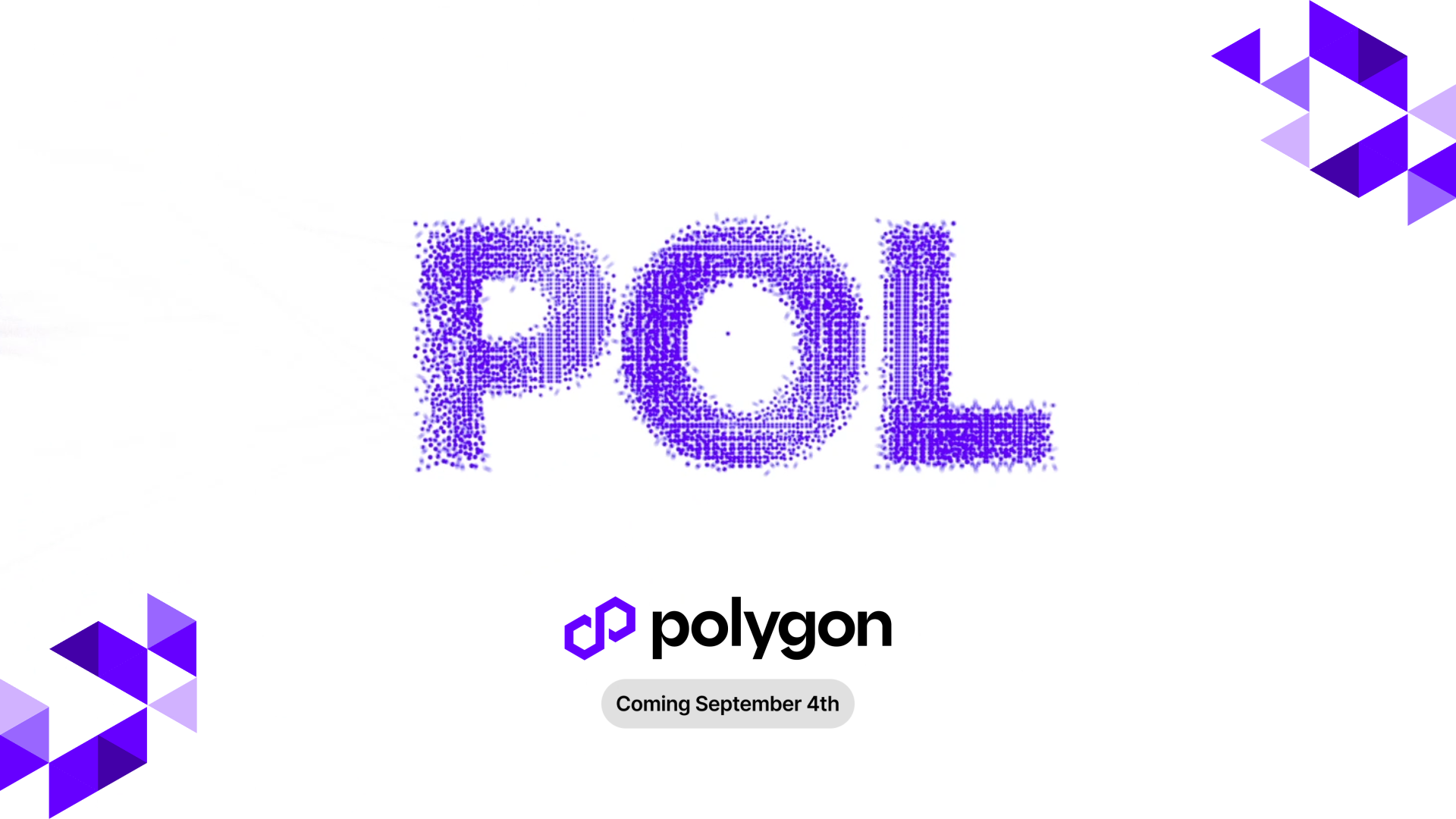 web3.0
web3.0 Artemis Coin, Matic (Polygon), Bonk: Examining Notable Projects Carving Niches in the Digital Asset Space
Artemis Coin, Matic (Polygon), Bonk: Examining Notable Projects Carving Niches in the Digital Asset SpaceIn the rapidly evolving cryptocurrency landscape, investors are constantly seeking new opportunities that offer innovation, growth potential, and real-world utility. This analysis examines three notable projects: Artemis Coin, Matic (Polygon), and Bonk, each carving its niche in the digital asset space.

In the rapidly evolving cryptocurrency landscape, investors are constantly seeking new opportunities. This analysis examines three notable projects: Artemis Coin, Matic (Polygon), and Bonk, each carving its niche in the digital asset space.
Artemis Coin: Revolutionizing Decentralized E-Commerce
Artemis Coin ($ARTMS) is spearheading a grand idea in the crypto world. Their venture is simple: they want to create a decentralized marketplace where buyers, sellers, service providers, and seekers can interact seamlessly using crypto.
Imagine a platform where you can browse a vast selection of products, ranging from electronics to clothing, and pay for them directly with your crypto wallet. Or a marketplace where you can find professional services, such as web design or legal advice, and hire service providers using cryptocurrencies. This is the vision that Artemis Coin is striving to realize.
But their ambition doesn't stop there. Artemis Coin is also aiming to integrate multiple blockchain networks into their platform, allowing users to transact in a wider variety of cryptocurrencies. This multi-blockchain approach is designed to cater to the diverse needs of the crypto community and create a truly comprehensive decentralized marketplace.
To ensure smooth and secure transactions, Artemis Coin plans to utilize smart contract technology. These automated processes will handle various aspects of the platform, including transaction execution, buyer-seller protection, and dispute resolution.
Furthermore, they intend to leverage decentralized storage solutions, such as IPFS, to store user data securely and ensure its accessibility. And to make the platform user-friendly and convenient, they are developing marketplace tools, integrating crypto wallets, and setting up service provider portals.
But what good is a decentralized marketplace without a native token? The ARTMS token will be the lifeblood of the platform, facilitating transactions, rewarding users, and governing the ecosystem.
A total supply of 100,000,000,000 ARTMS tokens will be distributed as follows:
Presale: 15%
Marketing: 25%
Project Funds: 25%
Rewards: 15%
Liquidity: 10%
Staking: 10%
This balanced distribution is intended to support long-term growth, community engagement, and platform development. The major allocation to project funds demonstrates a commitment to expanding the ecosystem and enhancing the platform's capabilities.
Artemis Coin's presale offers early investors an opportunity to acquire tokens at a discounted price, potentially yielding substantial returns if the project succeeds. And to instill confidence in investors, the project is undergoing regulatory procedures, including KYC and AML, to ensure adherence to legal standards.
Now, let's shift our attention to two other crypto projects that have garnered significant buzz in the community.
MATIC (Polygon): Scaling Ethereum's Potential
If you're familiar with the cryptocurrency space, you've likely encountered Polygon and its native coin, MATIC. This Layer 2 scaling solution has become immensely popular for its capability to resolve Ethereum's scalability issues.
Polygon's main idea is to provide faster and cheaper transactions for Ethereum users. It achieves this by processing transactions off-chain and aggregating them into batches, which are then submitted to the Ethereum mainnet for finalization. This approach significantly reduces transaction confirmation times and lowers gas costs compared to performing transactions directly on Ethereum.
Polygon's compatibility with Ethereum also makes it easy for developers to port their decentralized applications (dApps) from Ethereum to Polygon. This cross-chain capability has attracted numerous projects and developers to the Polygon ecosystem, further boosting its popularity among investors.
BONK: The Meme Coin Trend of Solana
In the realm of altcoins, Bonk has made quite a name for itself within the Solana ecosystem. After its launch in December 2022, this meme coin quickly gained momentum, largely due to its community-driven approach and association with the Solana blockchain.
Unlike Artemis Coin or Matic, Bonk lacks a specific utility or technological innovation that sets it apart. Instead, it has capitalized on the popularity of dog-themed cryptocurrencies, such as Dogecoin and Shiba Inu, and the enthusiasm of the Solana community to propel its growth.
Bonk is closely tied to the Solana ecosystem and aims to integrate with various projects and platforms within the network. Its meme status and community narrative have also driven traders' interest in the coin.
Comparative Analysis
Now that we've covered Artemis Coin, Matic, and Bonk, let's delve into a comparative analysis to highlight their key differences and investment potential.
Market Position:
Artemis Coin is a relatively new project with a bold vision to revolutionize decentralized e-commerce. Its success hinges on building a comprehensive platform, fostering community adoption, and integrating multiple blockchains.
Matic, on the other hand, has already established itself as a leading Layer 2 scaling solution for Ethereum. Its proven utility and widespread adoption make it a more established investment in the Ethereum scaling space.
Bonk, as a meme coin, occupies a niche market within the Solana ecosystem. Its
The above is the detailed content of Artemis Coin, Matic (Polygon), Bonk: Examining Notable Projects Carving Niches in the Digital Asset Space. For more information, please follow other related articles on the PHP Chinese website!
 Artemis Coin: A Rising Star in the Cryptocurrency MarketAug 24, 2024 am 09:38 AM
Artemis Coin: A Rising Star in the Cryptocurrency MarketAug 24, 2024 am 09:38 AMIn the ever-evolving landscape of cryptocurrencies, a new player has emerged, captivating the attention of investors and enthusiasts alike. Artemis Coin
 Rollblock (RBLK): The New Powerhouse in the GameFi MarketAug 06, 2024 pm 06:34 PM
Rollblock (RBLK): The New Powerhouse in the GameFi MarketAug 06, 2024 pm 06:34 PMA huge number of endorsers were attracted by the increases made in Solana and Polygon. But is this era over? After the recent Solana price recovery and encouraging prospects for Polygon, another one of the top trending altcoins, Rollblock (RBLK), is
 Artemis Coin: A Comprehensive Decentralized MarketplaceSep 07, 2024 pm 03:22 PM
Artemis Coin: A Comprehensive Decentralized MarketplaceSep 07, 2024 pm 03:22 PMThe crypto space is evolving at a rapid pace, with fresh projects continually emerging to reshape the retail economy. Among the latest wave of presales capturing investors’ attention, Artemis Coin stands out as a potential game-changer
 The SEC No Longer Asks the Court to Deem the Tokens Named in Its Lawsuit against Binance as SecuritiesJul 30, 2024 pm 06:29 PM
The SEC No Longer Asks the Court to Deem the Tokens Named in Its Lawsuit against Binance as SecuritiesJul 30, 2024 pm 06:29 PMThe United States Securities and Exchange Commission (SEC) no longer asks the court to decide and deem the tokens named in its lawsuit against the crypto exchange
 Coinbase Adds Ethereum (ETH) Layer-2 Polygon's Yet-to-be-Launched Native Token POL to Its Listing RoadmapAug 24, 2024 am 03:38 AM
Coinbase Adds Ethereum (ETH) Layer-2 Polygon's Yet-to-be-Launched Native Token POL to Its Listing RoadmapAug 24, 2024 am 03:38 AMMaking the announcement via social media platform X, the top US crypto exchange says it has placed Polygon's POL on its listing roadmap
 Rollblock Presale Surges as Binance Delists AVAX and Polygon Amid Market TurbulenceJul 30, 2024 pm 06:59 PM
Rollblock Presale Surges as Binance Delists AVAX and Polygon Amid Market TurbulenceJul 30, 2024 pm 06:59 PMThe crypto markets saw an incredible 3.5% influx in just 24 hours; it is green across the board, and the bulls are running.
 Fetch.ai (FET), Polygon (MATIC), Cardano (ADA), and RCO Finance (RCOF) Are Drawing Attention Due to Their Bullish Patterns and Potential for Substantial GrowthAug 28, 2024 am 03:44 AM
Fetch.ai (FET), Polygon (MATIC), Cardano (ADA), and RCO Finance (RCOF) Are Drawing Attention Due to Their Bullish Patterns and Potential for Substantial GrowthAug 28, 2024 am 03:44 AMThese tokens show strong signs of significant upward momentum, and investors are keenly observing their performance to determine which offers the best
 Polygon (MATIC) to POL Token Transition is Set for September 4, Here is What You Need to KnowAug 20, 2024 am 03:36 AM
Polygon (MATIC) to POL Token Transition is Set for September 4, Here is What You Need to KnowAug 20, 2024 am 03:36 AMIt's almost here! The Polygon network's long-awaited transition from MATIC to POL is set to take place on September 4, ushering in a new era of a community-driven token whose applications are more diverse and robust.

Hot AI Tools

Undresser.AI Undress
AI-powered app for creating realistic nude photos

AI Clothes Remover
Online AI tool for removing clothes from photos.

Undress AI Tool
Undress images for free

Clothoff.io
AI clothes remover

AI Hentai Generator
Generate AI Hentai for free.

Hot Article

Hot Tools

VSCode Windows 64-bit Download
A free and powerful IDE editor launched by Microsoft

SublimeText3 Mac version
God-level code editing software (SublimeText3)

EditPlus Chinese cracked version
Small size, syntax highlighting, does not support code prompt function

MantisBT
Mantis is an easy-to-deploy web-based defect tracking tool designed to aid in product defect tracking. It requires PHP, MySQL and a web server. Check out our demo and hosting services.

mPDF
mPDF is a PHP library that can generate PDF files from UTF-8 encoded HTML. The original author, Ian Back, wrote mPDF to output PDF files "on the fly" from his website and handle different languages. It is slower than original scripts like HTML2FPDF and produces larger files when using Unicode fonts, but supports CSS styles etc. and has a lot of enhancements. Supports almost all languages, including RTL (Arabic and Hebrew) and CJK (Chinese, Japanese and Korean). Supports nested block-level elements (such as P, DIV),





